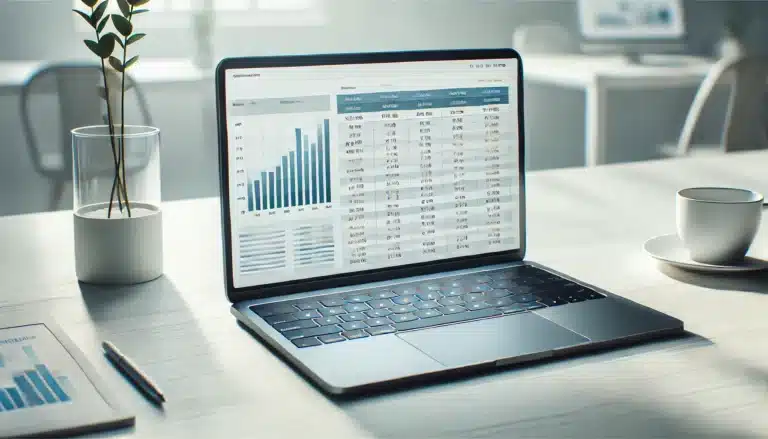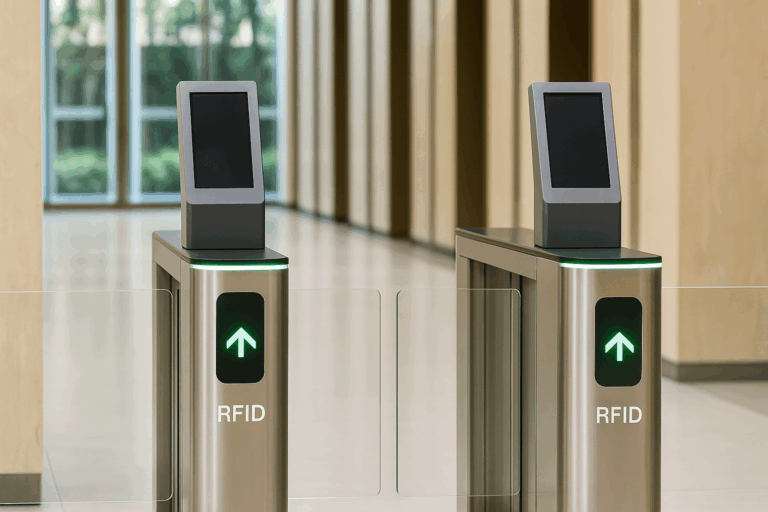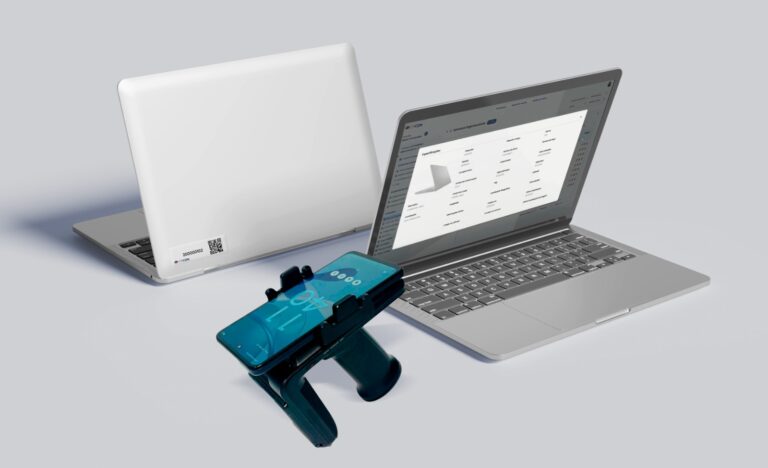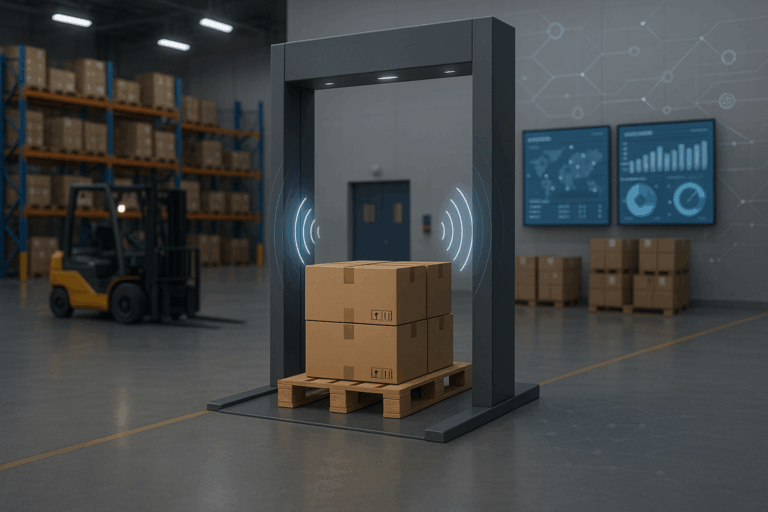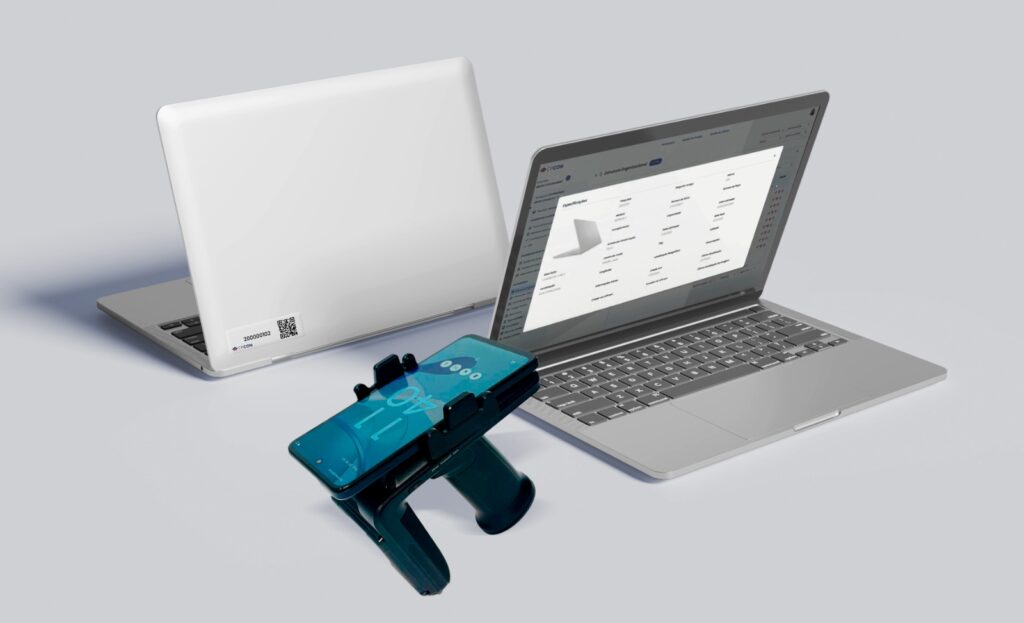Managing a company’s fixed assets can be a daunting task, especially when it comes to keeping track of every item from machinery to office furniture. It may sound simple, but when assets are not well documented, companies can face costly consequences. Inaccurate financial statements, wasted resources, and even tax penalties are just a few of the problems that may arise from poorly managed assets.
One tool that can help mitigate these risks is a fixed asset register. It’s a comprehensive and organized record of your company’s assets, tracking important details like acquisition cost, depreciation, and location. But how do you implement an efficient fixed asset register? And what benefits does it bring to your company?
In this article, we will break down what a fixed asset register is, its importance, and how to implement one effectively. Moreover, we will introduce how CPCON, an expert in asset management, can help you streamline the entire process. Keep reading to learn more about this crucial element of financial and operational efficiency.
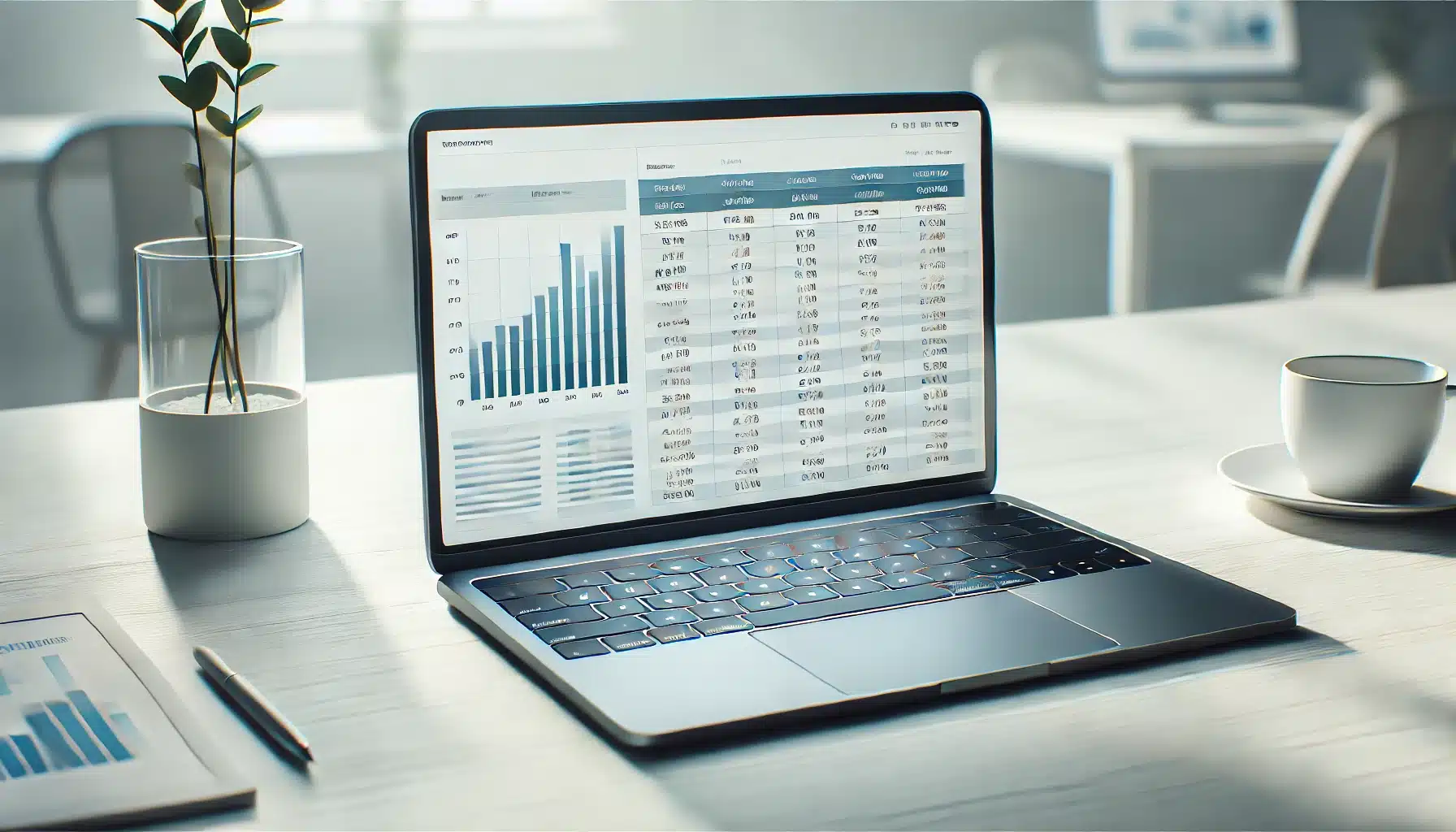
Table of Contents
ToggleWhat is a fixed asset register and why is it important?
A fixed asset register is a detailed record that tracks all the assets your company owns. It includes key data such as:
- Asset name and description
- Date of acquisition
- Purchase cost and estimated useful life
- Depreciation rates
- Maintenance schedule
- Current condition and location
You might think this is just another piece of paperwork, but in reality, it’s a vital part of financial and operational management. Without a proper fixed asset register, companies can experience:
- Financial mistakes: Incorrect values can distort financial statements and lead to inaccurate reporting.
- Tax compliance issues: Inadequate tracking may cause problems with tax filings, resulting in fines and penalties.
- Loss of assets: Without proper tracking, valuable equipment may get misplaced or even stolen.
- Wasted resources: Lack of asset visibility can lead to unnecessary purchases of equipment or materials already available in the company.
In short, a fixed asset register is more than just a tool for accounting—it’s a strategic asset that helps companies avoid unnecessary risks, ensure accurate financial reporting, and keep operations running smoothly.

The benefits of implementing a fixed asset register
Implementing a fixed asset register is a game-changer for businesses. It improves efficiency, reduces errors, and enhances compliance. Here are some of the key benefits:
Better decision-making
With accurate and up-to-date information on your assets, you can make more informed decisions regarding investments and divestments. This allows you to optimize the lifecycle of each asset, ensuring maximum value is derived from every purchase.
Streamlined operations
A well-maintained register helps prevent unnecessary purchases by keeping track of what you already have. It also allows your maintenance team to efficiently plan and manage repairs or replacements. As a result, your operations become more streamlined and less prone to disruptions.
Improved financial transparency
Accurate tracking of your assets contributes to more transparent financial reports. When your assets are properly accounted for, you will have clear visibility into the value of the company’s tangible resources, which is crucial for investors, auditors, and regulators.
Better tax management
By maintaining an up-to-date asset register, you can easily track depreciation and ensure compliance with tax laws. This reduces the risk of incurring fines or facing audits due to incorrect depreciation or asset reporting.
Cost reduction
A good asset register helps identify underused or obsolete assets, allowing you to reallocate resources more efficiently. This prevents unnecessary spending on equipment that isn’t being used and ensures you’re not holding on to assets that no longer serve the business.

Practical steps to create and maintain an efficient register
Now that we understand the benefits, it’s time to explore how to set up and maintain an efficient fixed asset register. The process can seem overwhelming, but breaking it down into manageable steps will ensure you create a reliable and accurate system.
Step 1: Conduct a comprehensive inventory
The first step is to take stock of every asset your company owns. This includes everything from office computers to machinery and vehicles. For each item, record:
- Description of the asset
- Location
- Purchase price
- Date of acquisition
- Estimated useful life
- Depreciation method
Step 2: Categorize your assets
Next, group your assets into categories for easier management. For example, group all vehicles, machinery, and office equipment separately. This helps with maintenance tracking, asset allocation, and reporting.
Step 3: Implement tracking technology
To reduce errors and improve accuracy, consider implementing a tracking system such as barcode labels or RFID tags. These tools help monitor the location and condition of each asset, reducing manual tracking errors.
Step 4: Set up regular maintenance schedules
A good asset register should not only track when an asset was acquired but also include maintenance schedules. Setting up reminders for regular maintenance will help prevent equipment failures and extend the life of your assets.
Step 5: Train your team
Ensure that all employees responsible for asset management are well-trained on how to maintain and update the register. They should know the importance of accurate data entry and how to manage changes as assets are acquired or disposed of.
Tips for choosing the right tools or software
While you can create a fixed asset register manually using spreadsheets, it’s often more effective to use dedicated software. Here are a few things to consider when selecting the right tool:
Customization options
Choose software that can be tailored to your company’s specific needs. The tool should allow you to track the unique details of your assets, such as purchase price, depreciation schedules, and maintenance history.
Ease of use
Select a user-friendly platform that your team can easily navigate. A complicated system will only slow down the process and result in more errors.
Integration capabilities
Look for software that integrates with other business systems, such as accounting or ERP tools. This ensures seamless data flow across departments and improves the accuracy of your asset reporting.
Reporting and analysis features
A good asset management tool should offer robust reporting features. This will allow you to generate reports on asset values, depreciation, maintenance schedules, and more—providing valuable insights into your company’s financial health.
Support and updates
Choose a provider that offers ongoing support and regular software updates. This ensures your system remains reliable and compliant with any changes in tax laws or accounting standards.
At CPCON, we specialize in asset management solutions, offering cutting-edge software that simplifies asset tracking and compliance. Our system is designed to meet the unique needs of businesses looking to enhance efficiency and ensure accurate financial reporting.
Conclusion: Turn your fixed asset register into a competitive advantage
A well-implemented fixed asset register is essential for any business looking to streamline its operations and make more informed decisions. With accurate asset tracking, you can avoid costly mistakes, ensure tax compliance, and reduce operational inefficiencies.
At CPCON, we provide advanced solutions to help businesses take control of their assets and transform their asset management practices into a strategic advantage. Ready to optimize your asset management process? Contact us today to schedule a demo and see how our solutions can benefit your company.
Don’t let outdated processes slow you down—take charge of your fixed asset management and unlock new opportunities for growth and success.
FAQ
What is a Fixed Asset Register?
A Fixed Asset Register is a tool for tracking a company’s fixed assets. This includes things like machinery, buildings, and vehicles. It helps keep track of when assets are bought, where they are, and how they are maintained and depreciated.
Why is a Fixed Asset Register important for businesses?
It’s key for businesses because it makes financial reports better. It helps with tax rules, planning, and avoiding losses from bad asset management. This tool helps make smart decisions and run operations smoothly.
How does effective fixed asset management affect financial reporting?
Good asset management means accurate financial reports. It tracks asset values and when they lose value. This makes financial statements clear, follows accounting rules, and helps with money management.
What are the benefits of streamlining asset tracking?
Better asset tracking means better control and efficiency. It stops losses from lost items and makes audits easier. This keeps assets in check and visible.
What steps are involved in implementing a Fixed Asset Register?
First, check how you manage assets now. Then, pick the right software and train your team. This step-by-step plan is key for good asset tracking.
What challenges might arise when setting up a Fixed Asset Register?
You might face issues like wrong data entry and team resistance. Use standard processes and automated systems to solve these. Regular audits also keep data correct.
How can a company enhance compliance and reduce risk through asset management?
A good Fixed Asset Register ensures you follow rules and standards. It tracks assets well, managing risks like wrong reports and asset theft. It also makes things more open.

